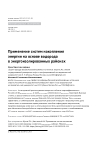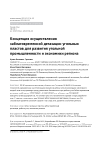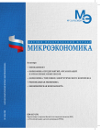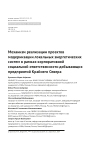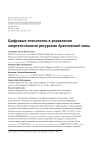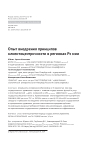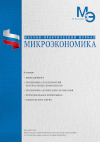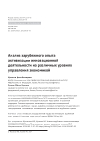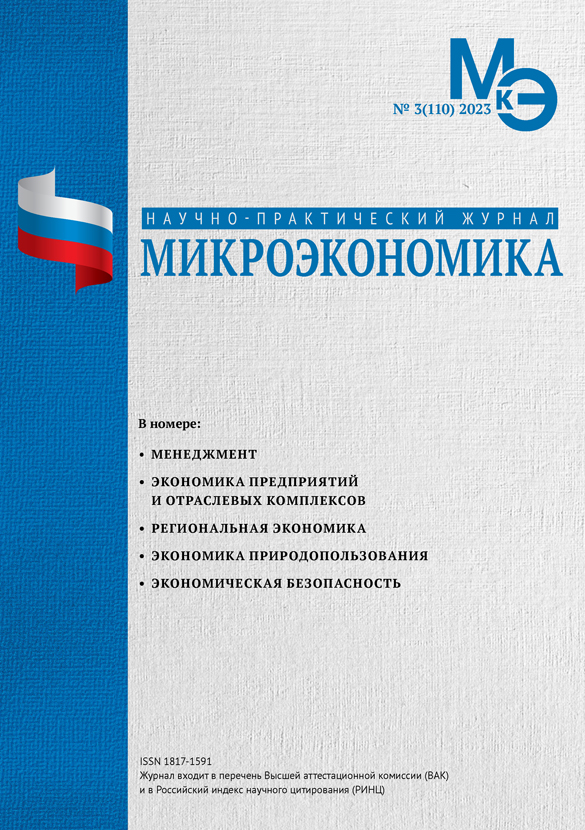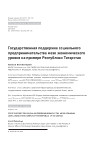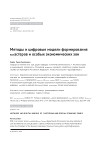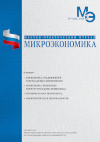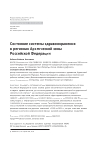Application of hydrogen-based energy storage systems in energy-isolated areas
DOI: 10.33917/mic-1.120.2025.103-111
Today, a pressing issue in the field of energy efficiency in the Russian Federation is the problem of energy supply to remote areas. The high cost of fuel delivery to such regions of the country makes the use of renewable energy sources attractive. In this article, using the example of the village of Tiksi, the efficiency of combining traditional diesel generation and wind energy is shown, a technical and economic assessment of various ways of configuring the energy system is given, the possibility of using a hydrogen-based energy storage system to ensure uninterrupted power supply to the settlement from renewable energy sources and complete replacement of diesel generation in the energy system is demonstrated.
References:
1. Karasevich V.A. Fundamentals of Hydrogen Energy: Textbook. Moscow: Publishing Center of the Russian State University of Oil and Gas (National Research University) named after I.M. Gubkin, 2023. 100 p.
2. Elistratov V.V., Bogun I.V., Denisov R.S. [et al.]. Resources and Technologies for Using Renewable Energy Sources: Textbook. St. Petersburg: POLYTECH-PRESS, 2022. 527 p.
3. Zubakin V.A., Zhukov P.A. Economic Efficiency of Power Plants on Renewable Energy Sources Using the LCOE Indicator as an Example. Plumbing. Heating. Air Conditioning. 2024;10:72-75.
4. RusHydro Puts into Operation a Unique Wind-Diesel Complex in the Arctic Village of Tiksi. PJSC RusHydro. URL: https://rushydro.ru/press/news/221220205610
5. Wind turbine 2.5 MW – JSC Rosatom Renewable Energy. URL: https://rosatom-renewables.ru/production/wey25/?ysclid=m60keovuy585794253



